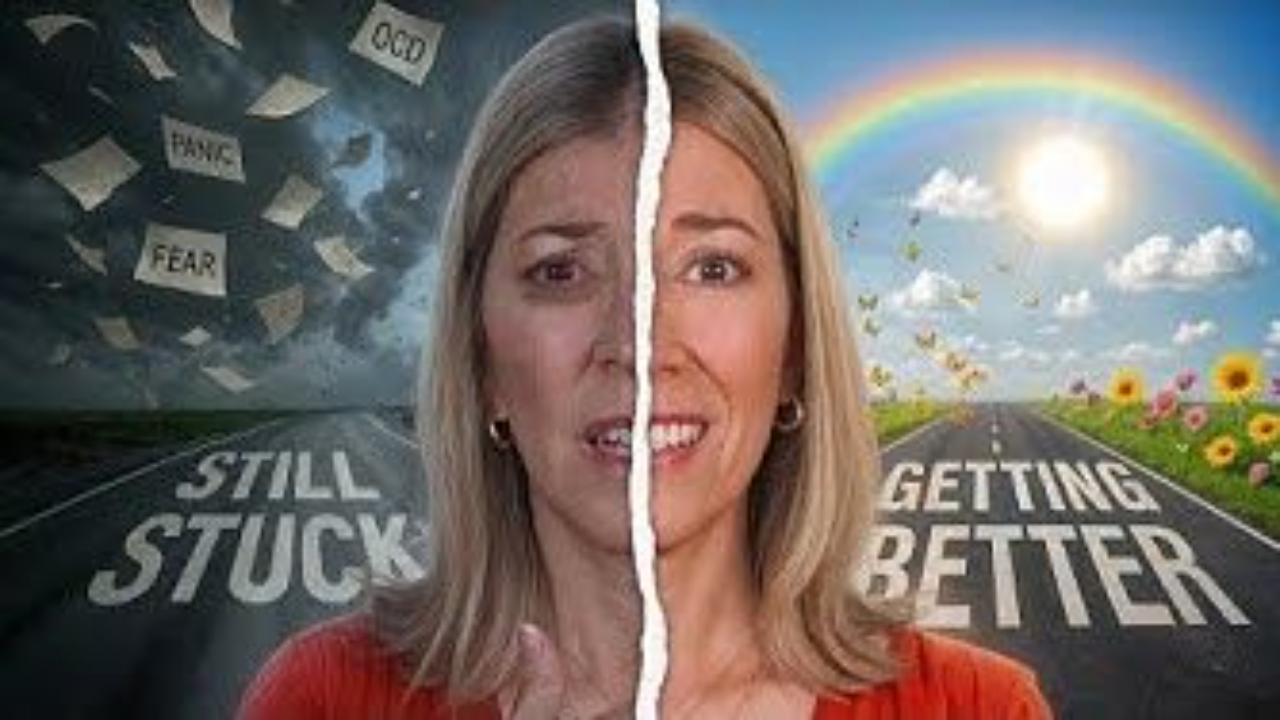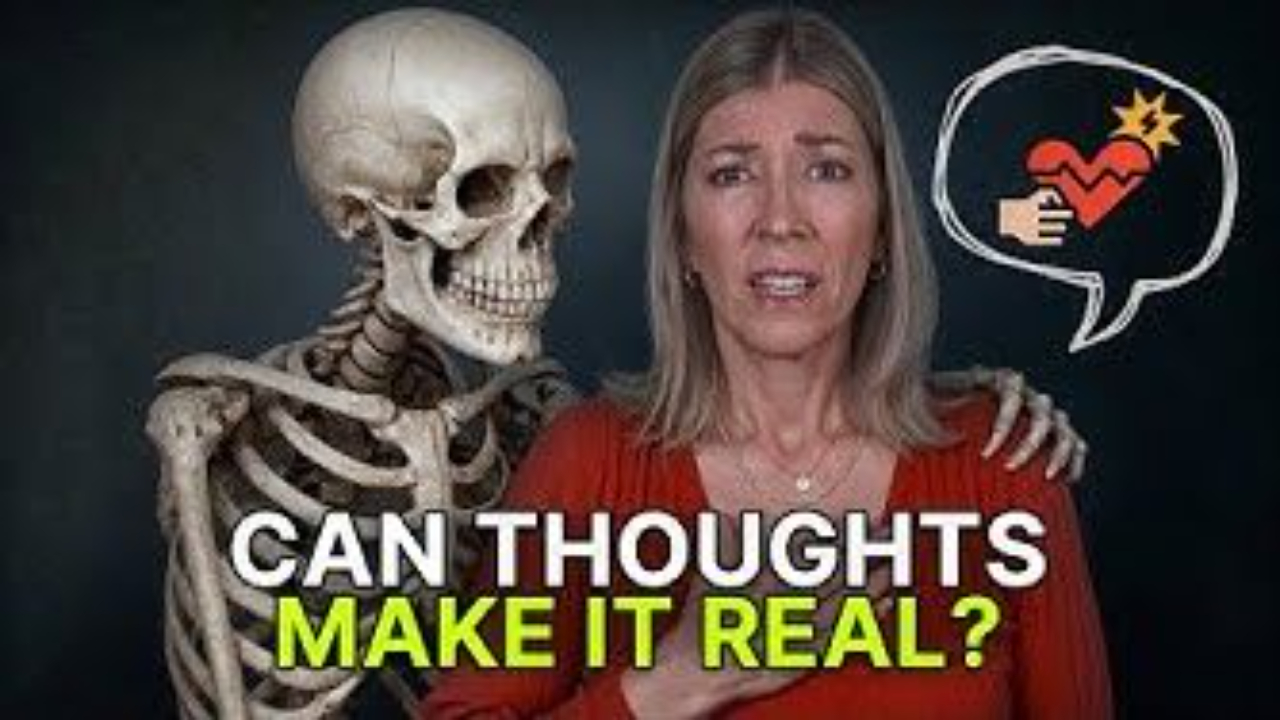
Mastering Anxiety: The CALM Method for a Peaceful Mind
Anxiety is a natural response to stress, worry, or impending events. It's like our body's built-in alarm system, signaling that we should pay attention to something important. However, when anxiety becomes excessive and starts interfering with our daily lives, it transforms into an anxiety disorder. In this blog post, we will delve into what anxiety disorders are, the different types of anxiety, and introduce you to the CALM Method, an effective approach to managing and reducing anxiety.
What is an Anxiety Disorder?
Anxiety becomes an anxiety disorder when it escalates to an extreme level, impairing our ability to function normally. Individuals with anxiety disorders often overestimate danger while underestimating their own coping abilities. In therapy, the primary goal is to decrease the perceived danger and enhance their coping skills. This approach helps individuals regain control over their lives.
Types of Anxiety
Anxiety disorders come in various forms, each with its own set of characteristics. These include:
-
Generalized Anxiety Disorder (GAD): People with GAD experience excessive worry, muscle tension, sleep disturbances, and irritability. This disorder can persist for more than six months.
-
Panic Disorder: Individuals with panic disorder have sudden and intense panic attacks characterized by heart palpitations, shortness of breath, and a sense of impending doom.
-
Social Anxiety Disorder: Social anxiety revolves around an overwhelming fear of social situations and interactions, leading to avoidance of such scenarios.
-
Specific Phobias: Phobias are intense and irrational fears of specific objects or situations, such as heights, spiders, or flying.
-
Agoraphobia: Agoraphobia involves a fear of being in places or situations from which escape may be difficult, such as crowded areas or public transportation.
-
Separation Anxiety Disorder: Typically seen in children, this disorder involves excessive fear or anxiety when separated from attachment figures.
-
Obsessive-Compulsive Disorder (OCD): OCD is characterized by persistent and intrusive thoughts (obsessions) and repetitive behaviors (compulsions) performed to alleviate distress.
-
Post-Traumatic Stress Disorder (PTSD): PTSD results from exposure to traumatic events, leading to intrusive memories, flashbacks, and emotional numbness.
Related Anxiety Disorders
Interestingly, working on techniques for one type of anxiety disorder often has a positive impact on related disorders. For example, reducing a severe phobia of snakes can lead to a decrease in symptoms of other anxiety disorders like generalized anxiety or social anxiety.
The CALM Method
The CALM Method is a structured approach to managing and reducing anxiety. It is an acronym, with each letter representing a crucial aspect of the method:
-
C for Calming the Body: In this phase, you'll learn various somatic and relaxation techniques to relax your body, which plays a pivotal role in managing anxiety.
-
A for Acceptance: Acceptance is a key component of mindfulness and Acceptance and Commitment Therapy (ACT). You will discover how to accept anxiety as a natural part of life and commit to actions aligned with your values.
-
L for Logic: The Logic phase incorporates techniques from Cognitive Behavioral Therapy (CBT) and Dialectical Behavior Therapy (DBT). These methods help you challenge and change negative thought patterns, promoting a more logical and constructive mindset.
-
M for Moving On: Finally, the Moving On phase teaches you how to redirect your focus away from anxiety. This includes distraction techniques and engaging in activities that promote relaxation and well-being.
Anxiety is a common and treatable condition. By understanding the different types of anxiety disorders and adopting the CALM Method, you can take proactive steps to manage and reduce anxiety's impact on your life. In the upcoming series, we will explore each component of the CALM Method in more detail, providing you with practical tools to achieve a peaceful mind and a happier, healthier life. In essence, the progression from regular anxiety to a full-blown disorder signifies a significant shift in our mental and emotional well-being. The "CALM" method emerges as a beacon of hope, offering a structured approach to counteracting anxiety's grip. By honing the skills to calm the body, embrace acceptance, apply logic, and redirect focus, individuals gain the tools needed to manage anxiety disorders. The aim is not just to alleviate symptoms but to restore agency and resilience in the face of anxiety's challenges. As you embark on this journey armed with insights from this series, you're empowered to navigate anxiety disorders with newfound strength and determination.
Let's Keep in Touch
Subscribe to My Newsletter
We hate SPAM. We will never sell your information, for any reason.








